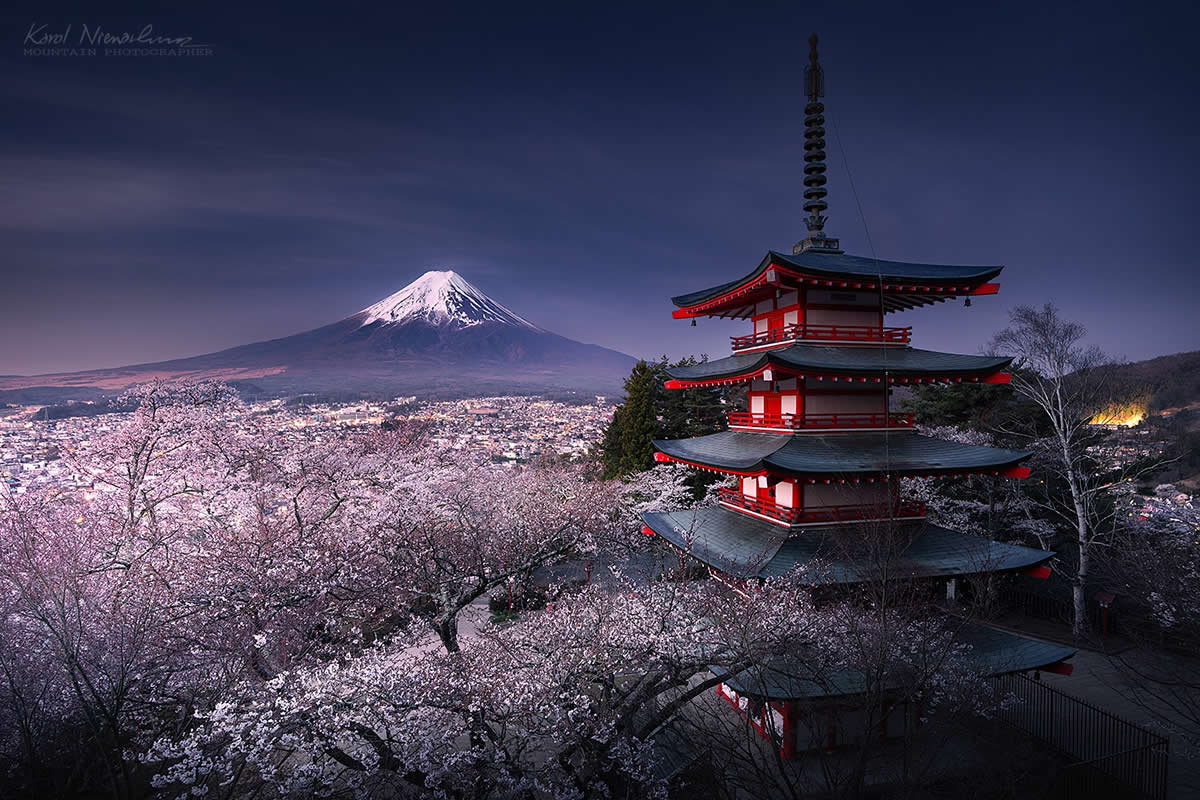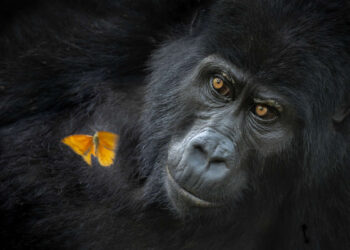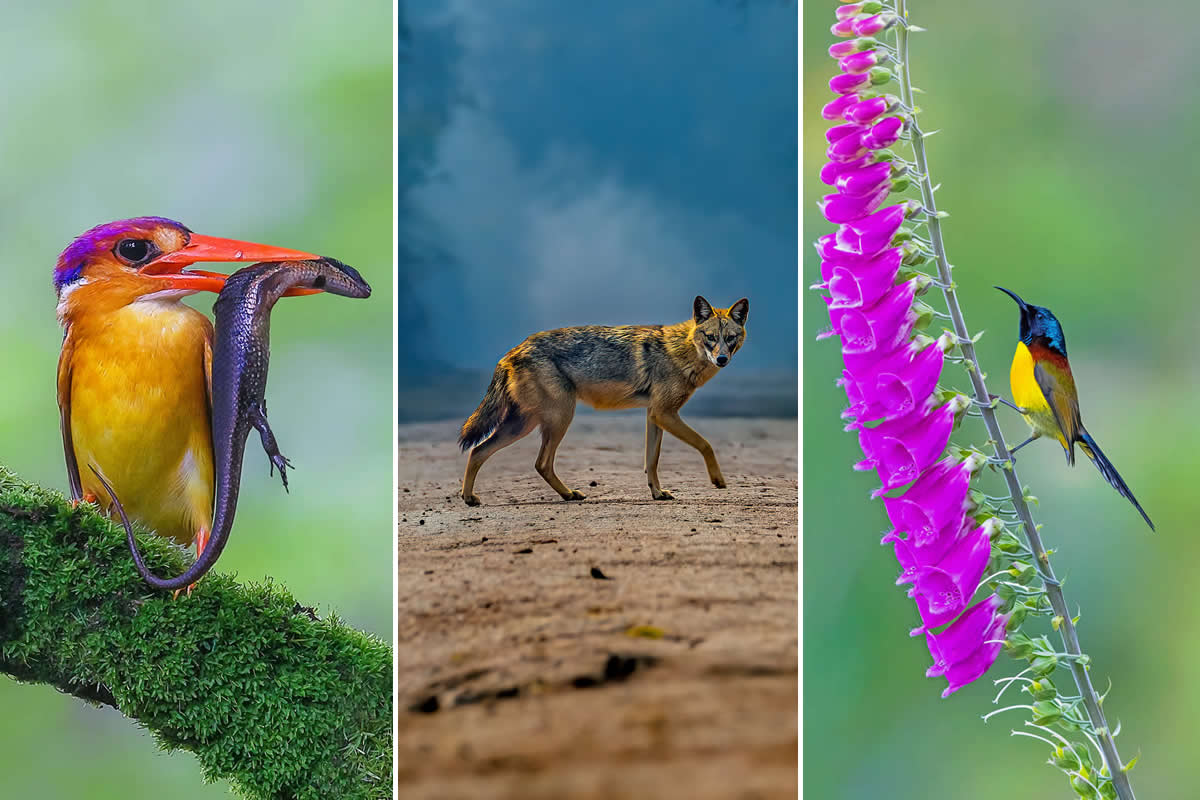Alright, prepare to have your jaw drop and your wanderlust officially kick into overdrive. We’re not just looking at pictures here; we’re talking about 35 mesmerizing landscape photographs that literally bottle up the soul of our planet.
Forget what you think you know about pretty scenery—these shots are pure, unadulterated visual poetry, captured by some seriously talented photographers who know how to make Earth sing. In an age where everything is filtered and retouched, these images stand out because they showcase the real magic, the raw, untamed splendor of our home.
Each photograph in this collection is a masterclass in seeing, focusing not just on the grand vista but on the intricate details that make a place unforgettable. From the towering majesty of mountains piercing the clouds to the serene, whispered secrets of ancient forests, and the boundless, rhythmic roar of the sea, these images span the globe, proving that beautiful places around the world are literally everywhere you look.
You’ll see the power of crashing waterfalls frozen in time, and the ethereal flow of light painted with long exposure techniques. The amazing colors and contrast are dialed up to eleven, revealing hues and textures that will make you feel like you’re standing right there. This isn’t just photography; it’s an invitation to reconnect with the wild, confirming beyond a shadow of a doubt how our earth is beauty and splendid. Get ready to lose yourself in these epic shots!
#1
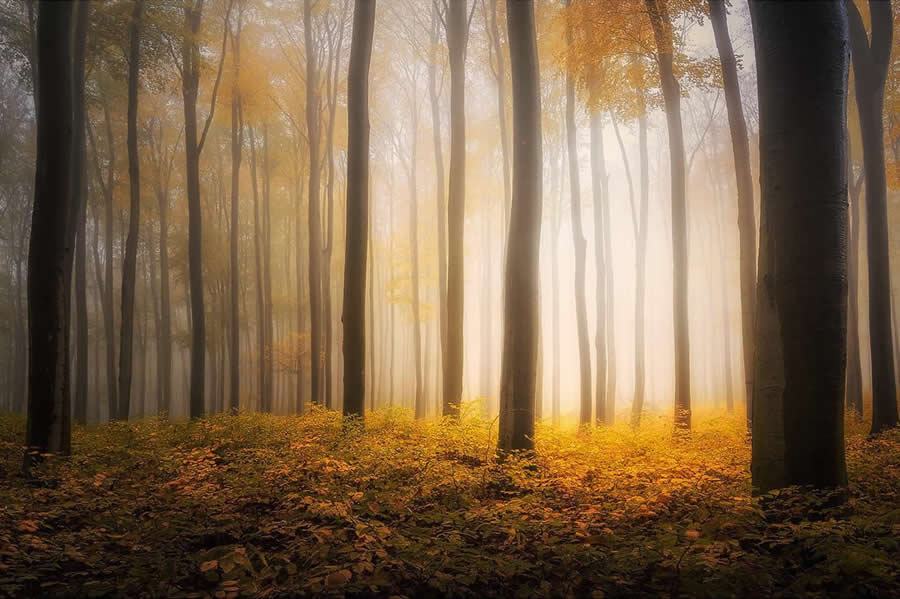
Photo by: Radoslav Cernicky
#2
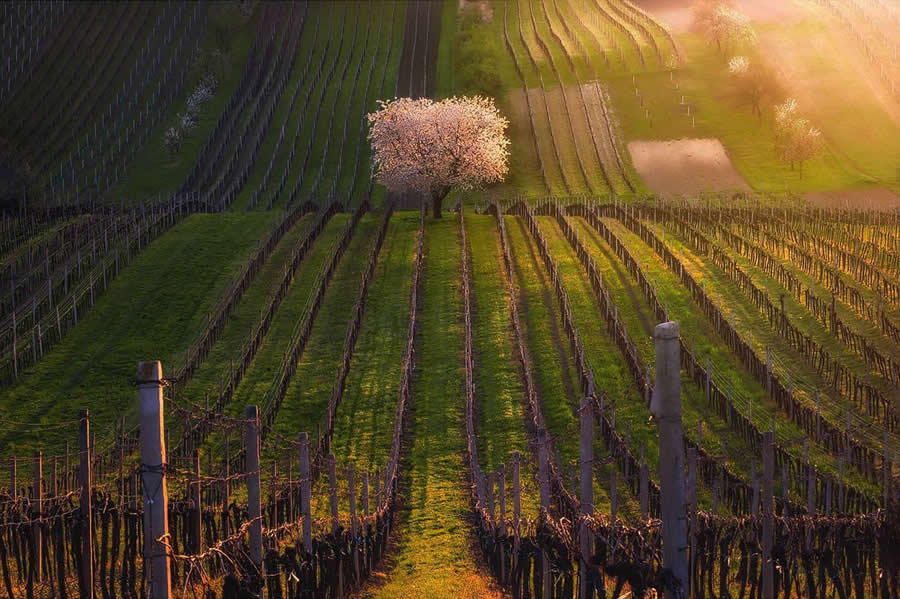
Photo by: Radoslav Cernicky
#3
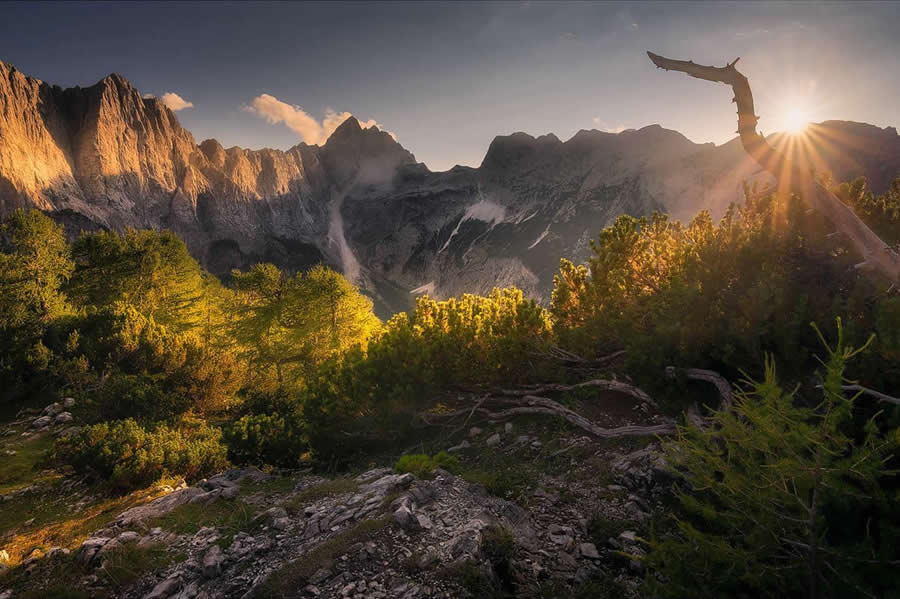
Photo by: Radoslav Cernicky
#4
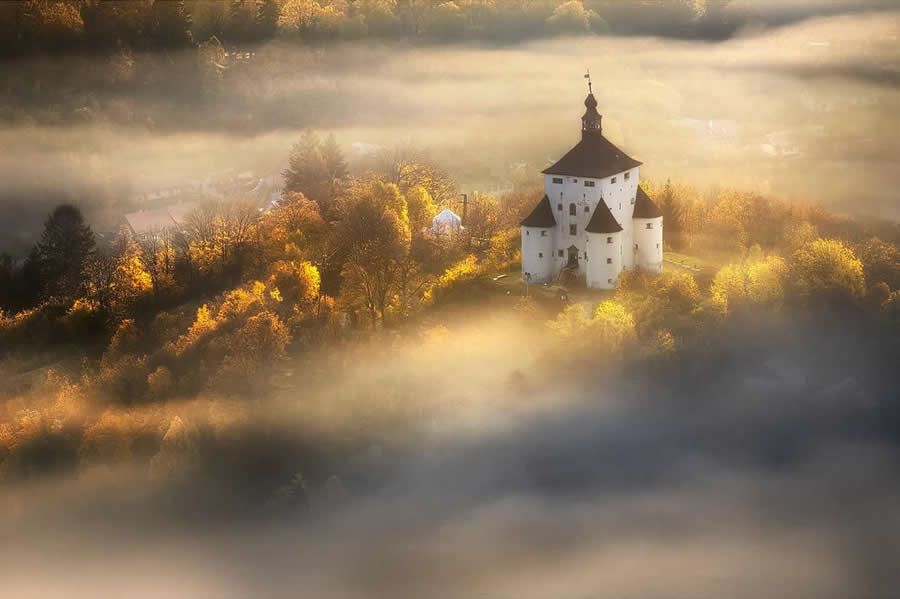
Photo by: Radoslav Cernicky
#5
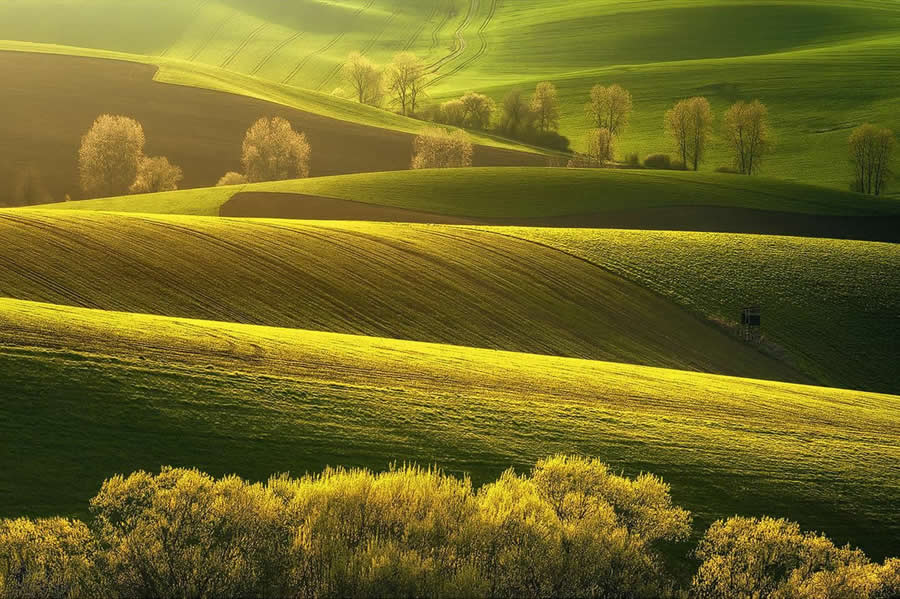
Photo by: Radoslav Cernicky
Masterful Visions: Super Compositions and Framing
What really makes these mesmerizing landscape photos pop isn’t just the pretty view; it’s the sheer genius behind the super compositions and framing. These photographers aren’t just pointing and shooting; they’re meticulously crafting each scene like a painter. They use leading lines from rivers or paths to draw your eye deep into the image, create incredible depth with foreground elements like rocks or flowers, and expertly balance elements to achieve visual harmony.
Whether it’s the perfect angle on a towering mountain peak or the way a tree branches frame a distant horizon, every single detail is intentional. This kind of thoughtful arrangement transforms a simple snapshot into a powerful, immersive experience, making you feel like you’re stepping directly into Earth’s natural poetry.
#6
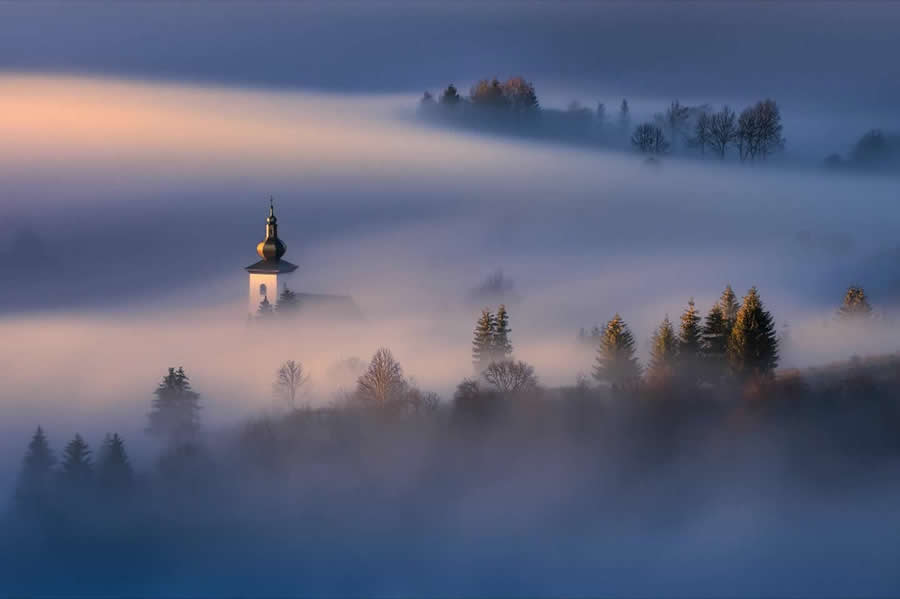
Photo by: Radoslav Cernicky
#7
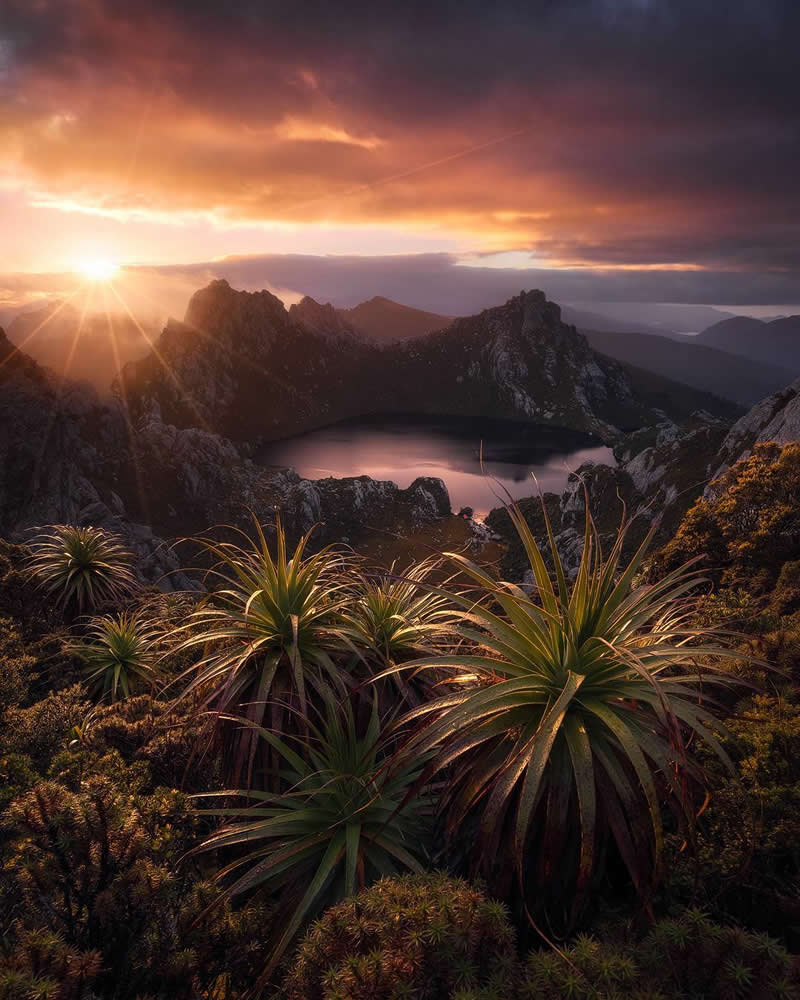
Photo by: Dylan Gehlken
#8
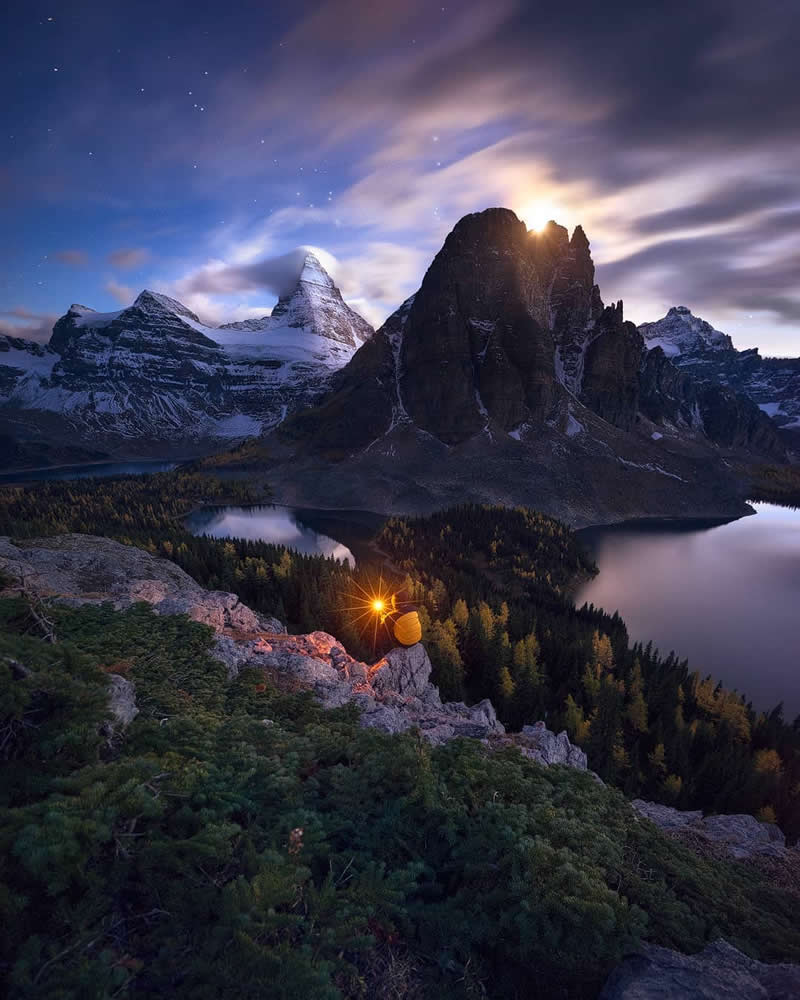
Photo by: Dylan Gehlken
#9
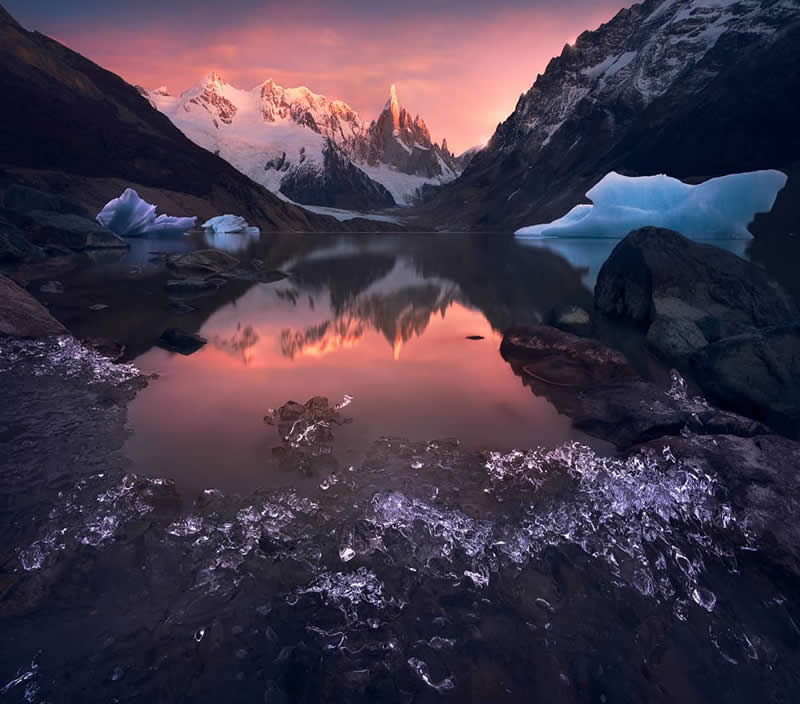
Photo by: Dylan Gehlken
#10
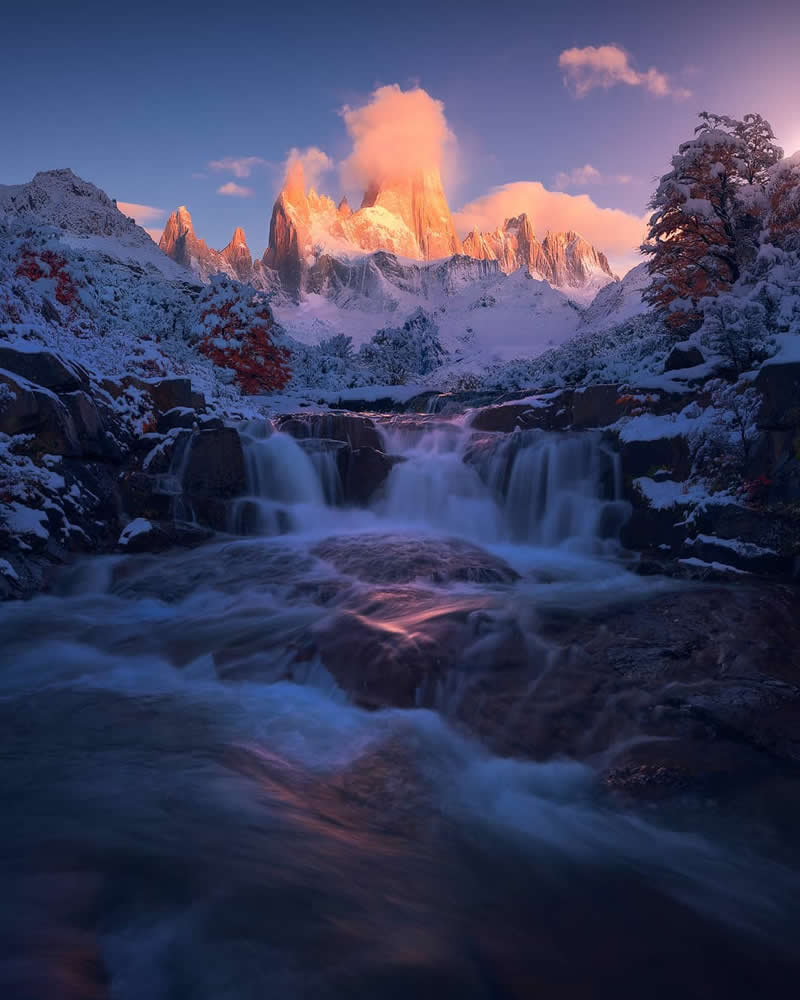
Photo by: Dylan Gehlken
A World of Wonder: Mountains, Forests, and the Endless Sea
This collection takes you on an epic globetrotting adventure, showcasing the incredible diversity of beautiful places around the world. You’ll journey from the rugged, silent giants of mountains with their snow-capped peaks and dramatic valleys, through the mystical depths of ancient forests where light filters through a canopy of vibrant greens, and finally to the expansive, ever-changing drama of the sea, with its powerful waves and tranquil shores.
Each environment offers its own unique narrative and visual appeal, reminding us of the planet’s vast and varied ecosystems. These images collectively paint a picture of Earth’s boundless beauty, proving that from the highest altitudes to the deepest waters, there’s always an awe-inspiring vista waiting to be discovered.
#11
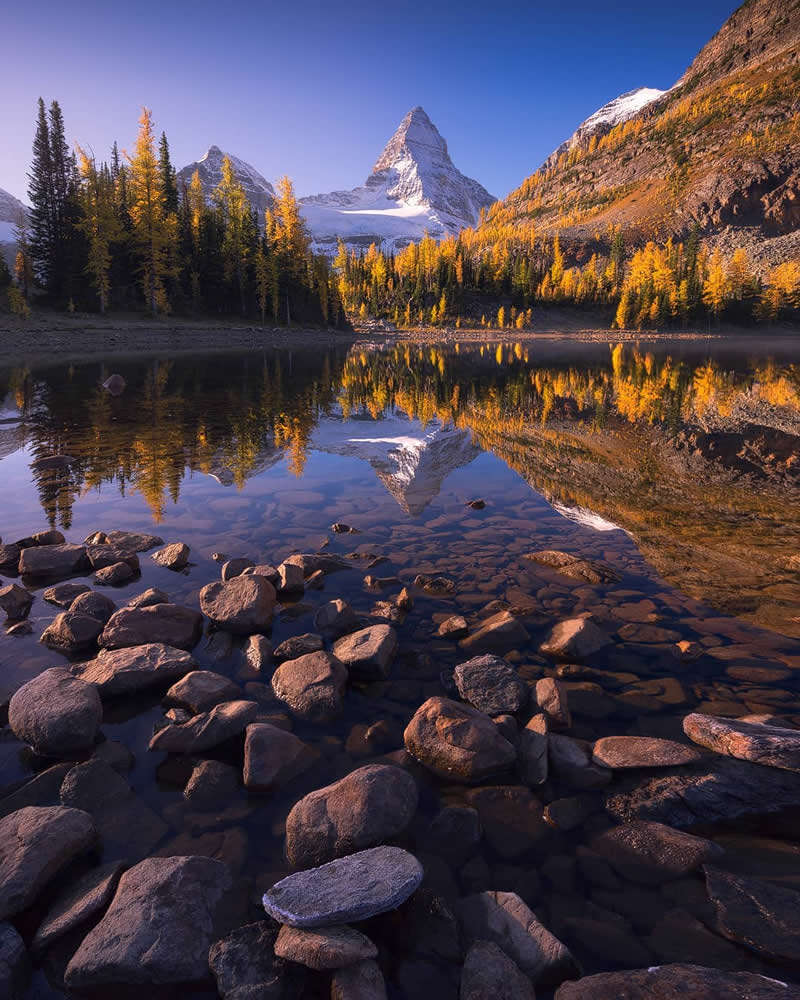
Photo by: Dylan Gehlken
#12
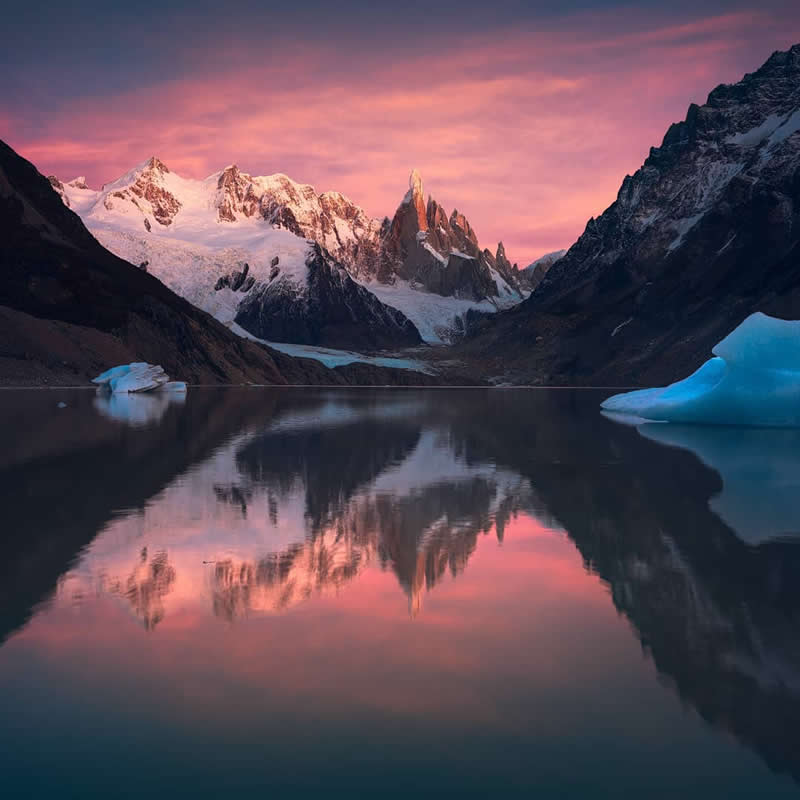
Photo by: Dylan Gehlken
#13
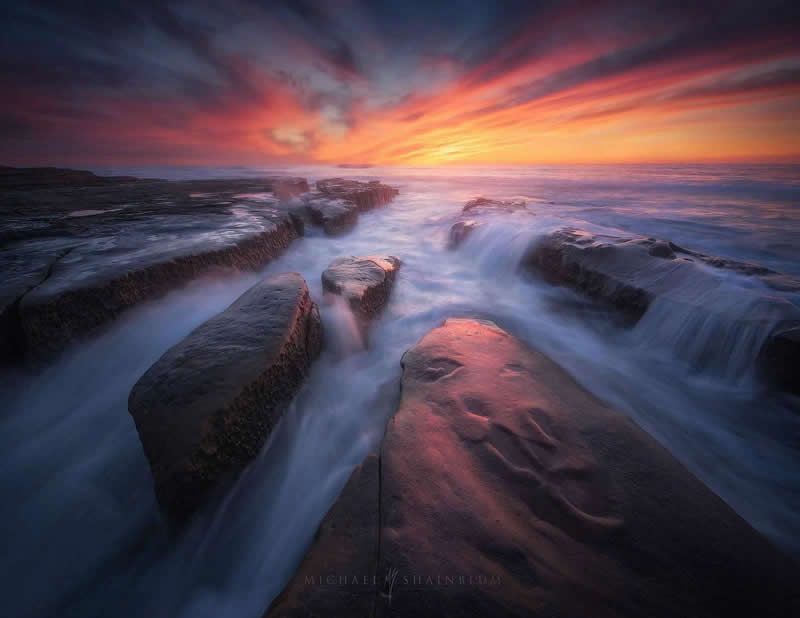
Photo by: Michael Shainblum
#14
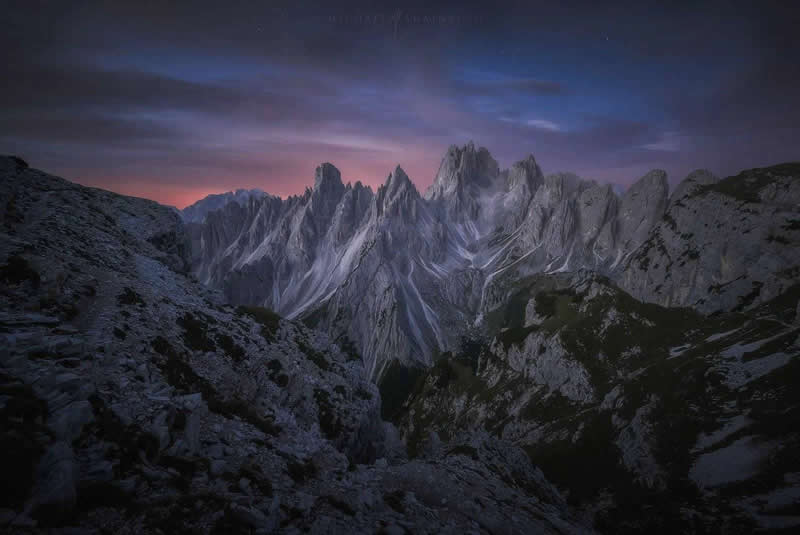
Photo by: Michael Shainblum
#15
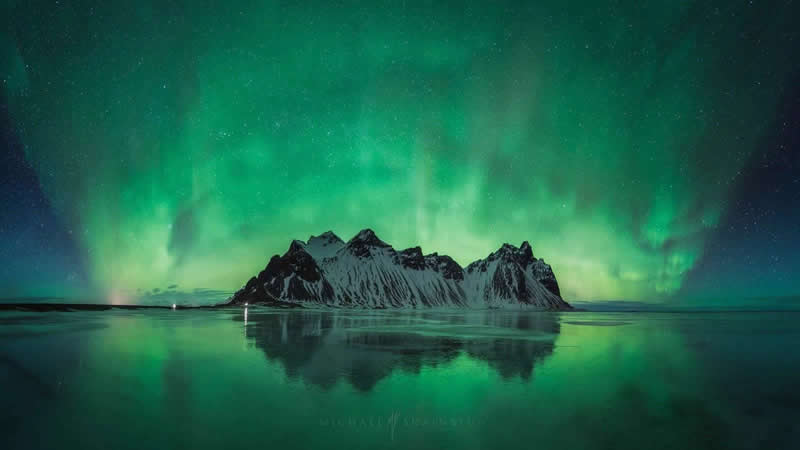
Photo by: Michael Shainblum
The Art of Light: Amazing Colors and Striking Contrast
Beyond the grand scenes, it’s the masterful control of light that truly brings these landscapes to life, showcasing amazing colors and contrast. These talented photographers understand that light isn’t just about illumination; it’s about mood, texture, and drama. Whether it’s the golden hour painting a desert landscape in fiery hues, the soft, diffused light of a misty morning over a forest, or the stark, high contrast of a storm rolling in over the sea, every image harnesses light to its fullest potential.
The way shadows carve out dimension and highlights create sparkle is expertly managed, making the vibrant blues, fiery oranges, and lush greens feel almost hyper-real. This meticulous attention to light and shadow is what gives these photos their breathtaking depth and visual punch.
#16
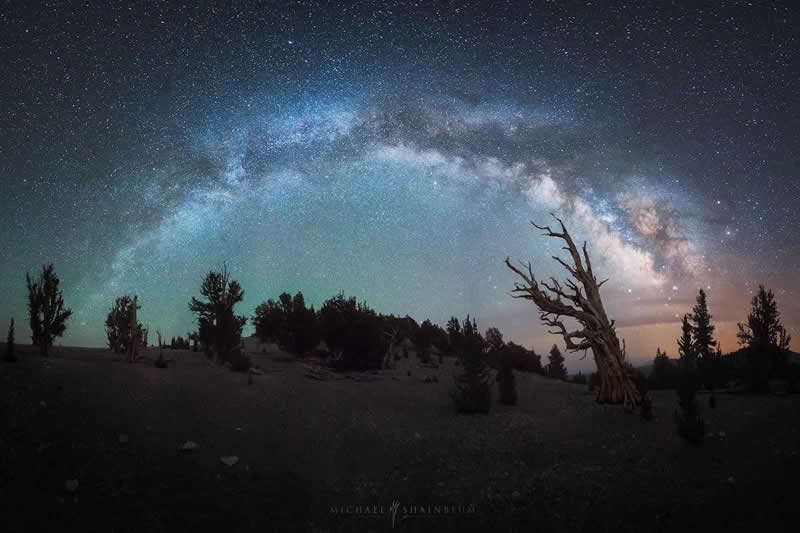
Photo by: Michael Shainblum
#17
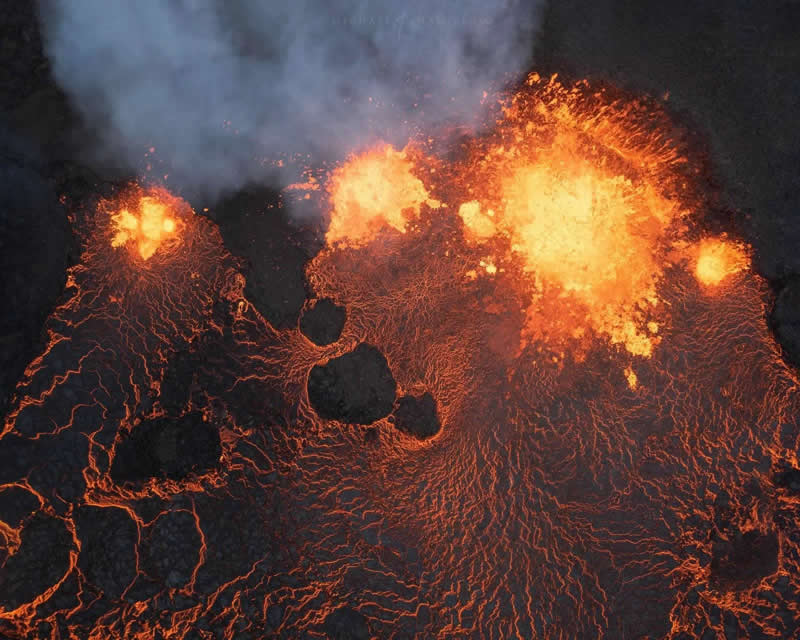
Photo by: Michael Shainblum
#18
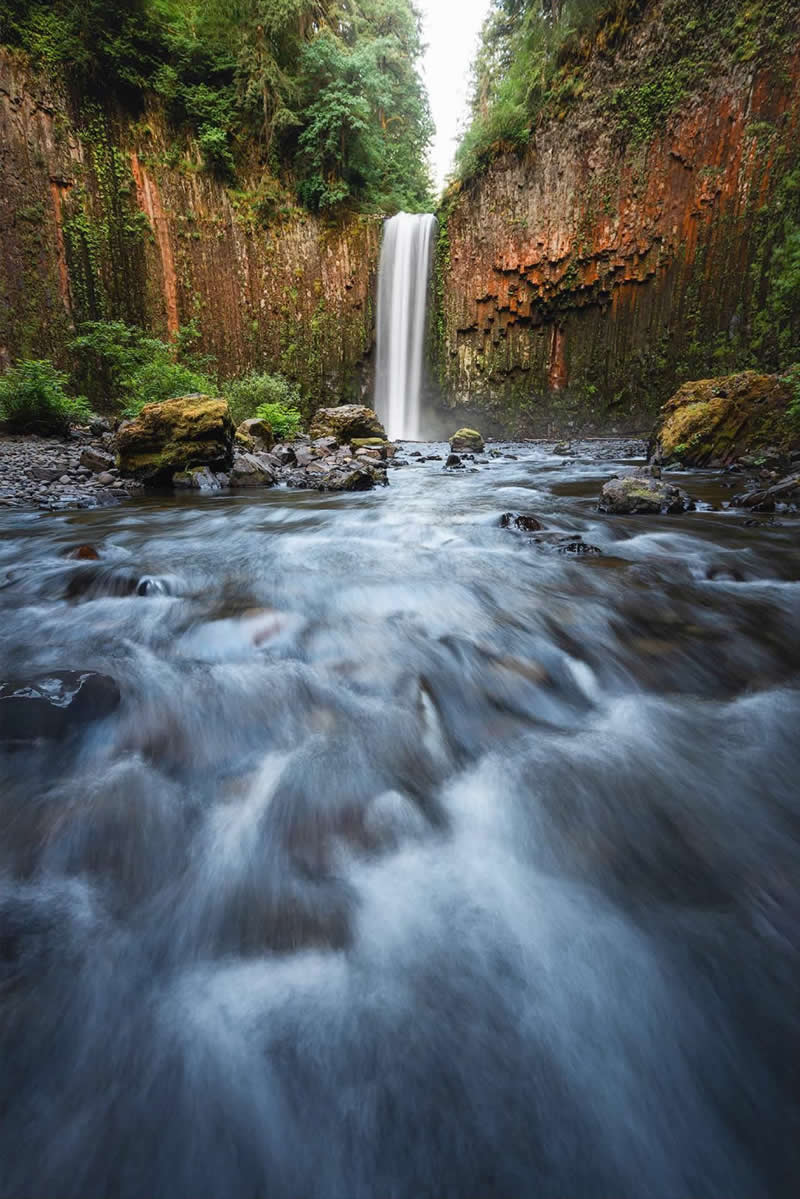
Photo by: Michael Shainblum
#19
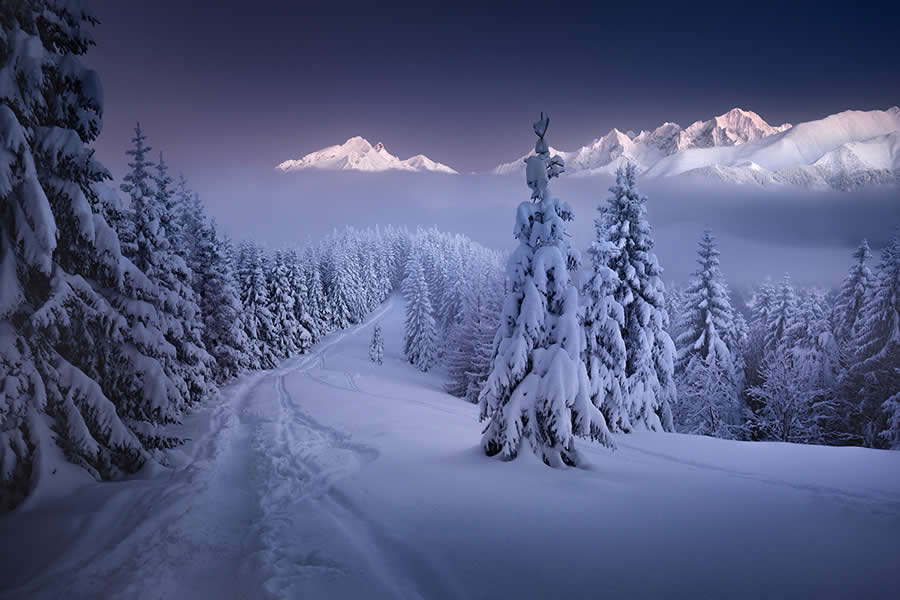
Photo by: Karol Nienartowicz
#20
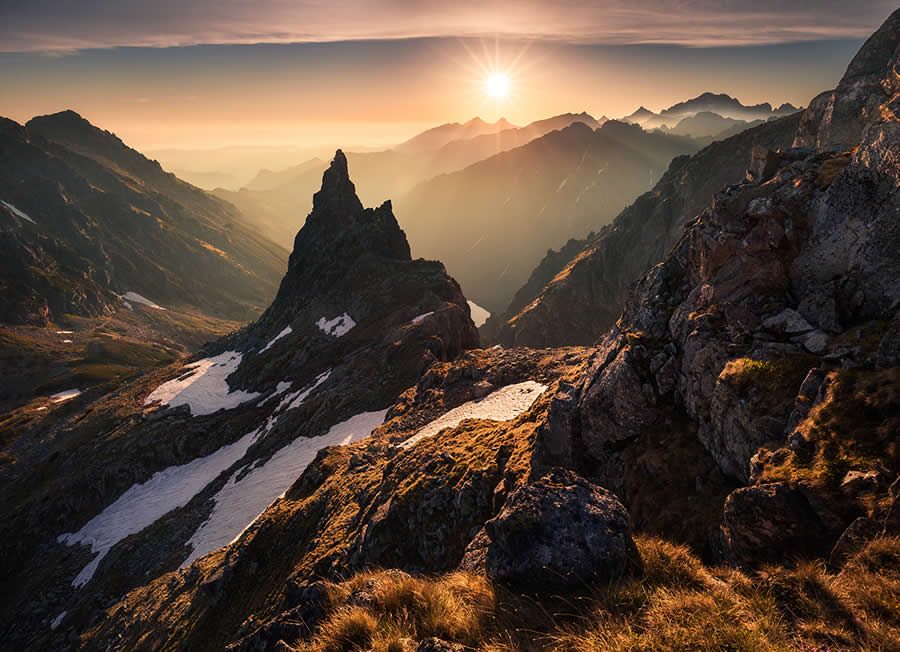
Photo by: Karol Nienartowicz
Beyond the Moment: Long Exposure Magic and Waterfalls
Some of the most captivating shots in this collection utilize the magic of long exposure photography, especially when capturing dynamic elements like waterfalls and waves. Instead of freezing motion, these photographers intentionally let the shutter stay open for seconds, or even minutes, turning rushing water into silky smooth cascades or misty veils.
The effect is ethereal and dreamlike, transforming powerful torrents into a delicate, painterly flow. This technique adds an otherworldly quality to the already stunning scenes, highlighting the constant movement and energy of nature in a way that the human eye can’t ordinarily perceive. It’s an innovative way to present Earth’s natural poetry, revealing the hidden beauty in motion.
#21
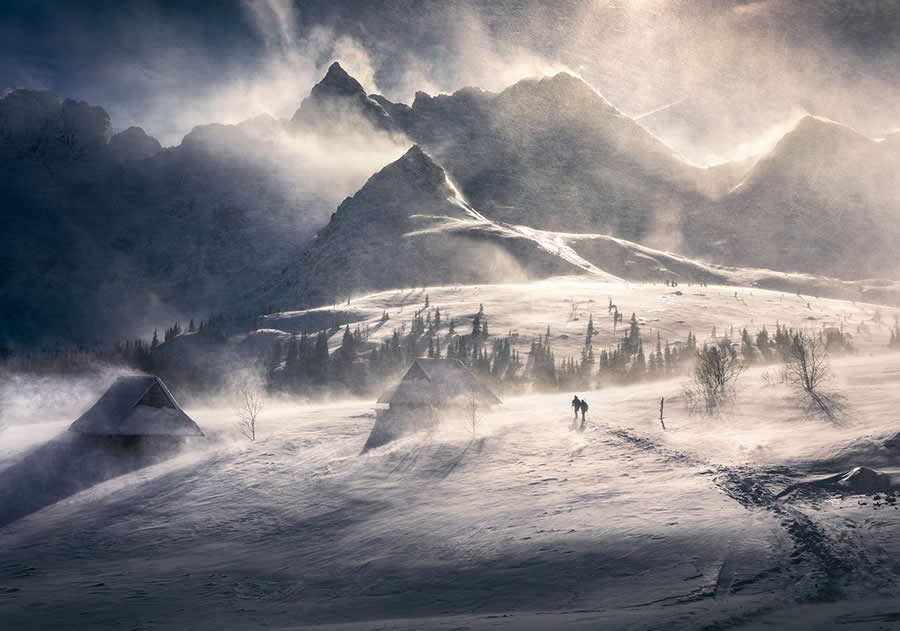
Photo by: Karol Nienartowicz
#22
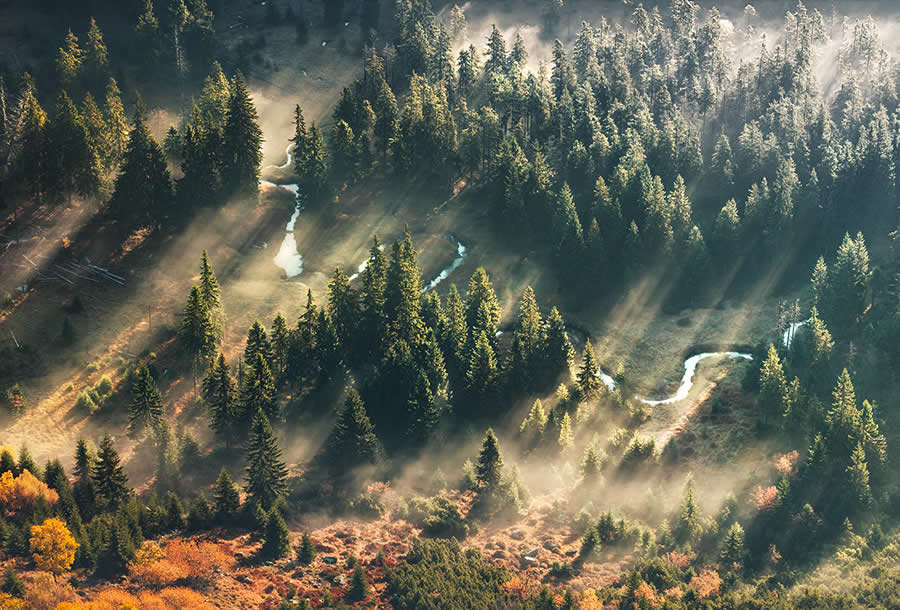
Photo by: Karol Nienartowicz
#23
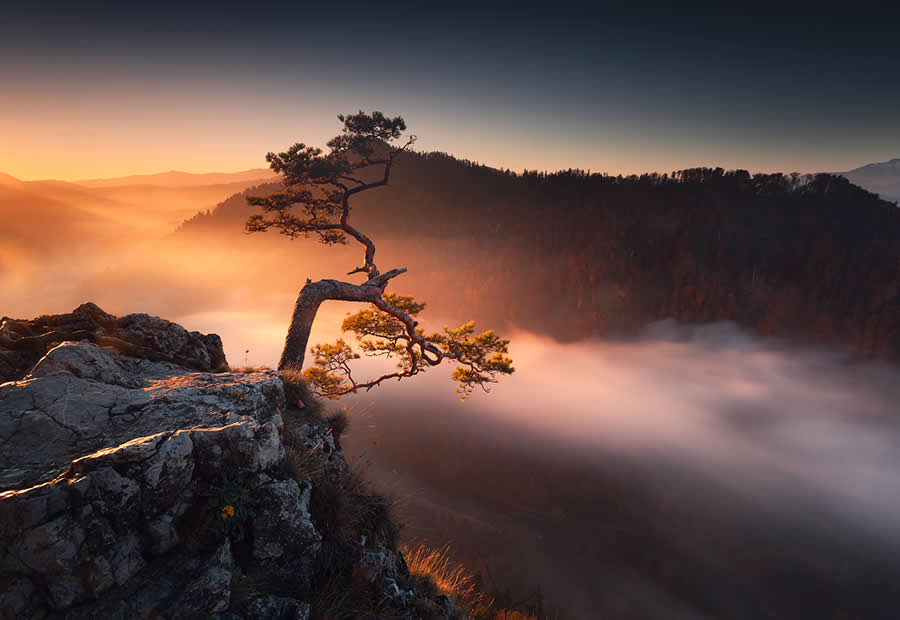
Photo by: Karol Nienartowicz
#24
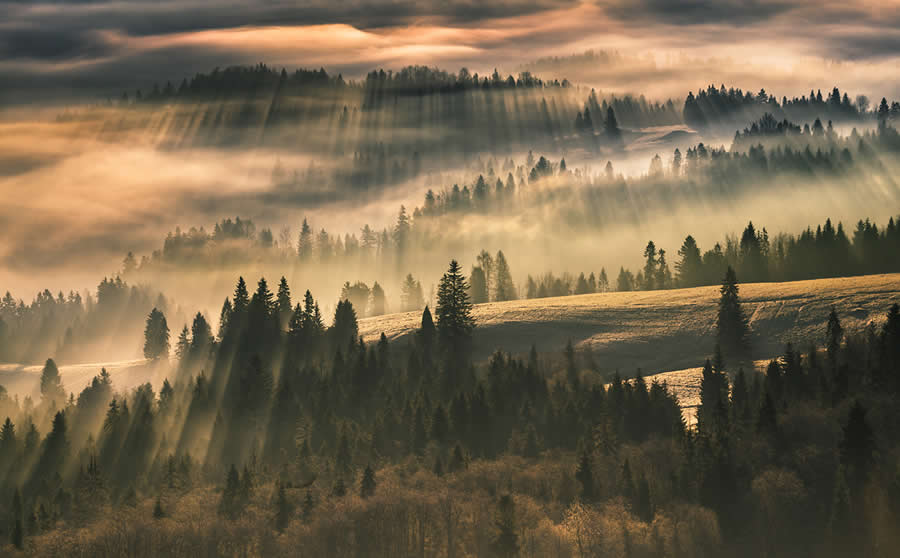
Photo by: Karol Nienartowicz
#25
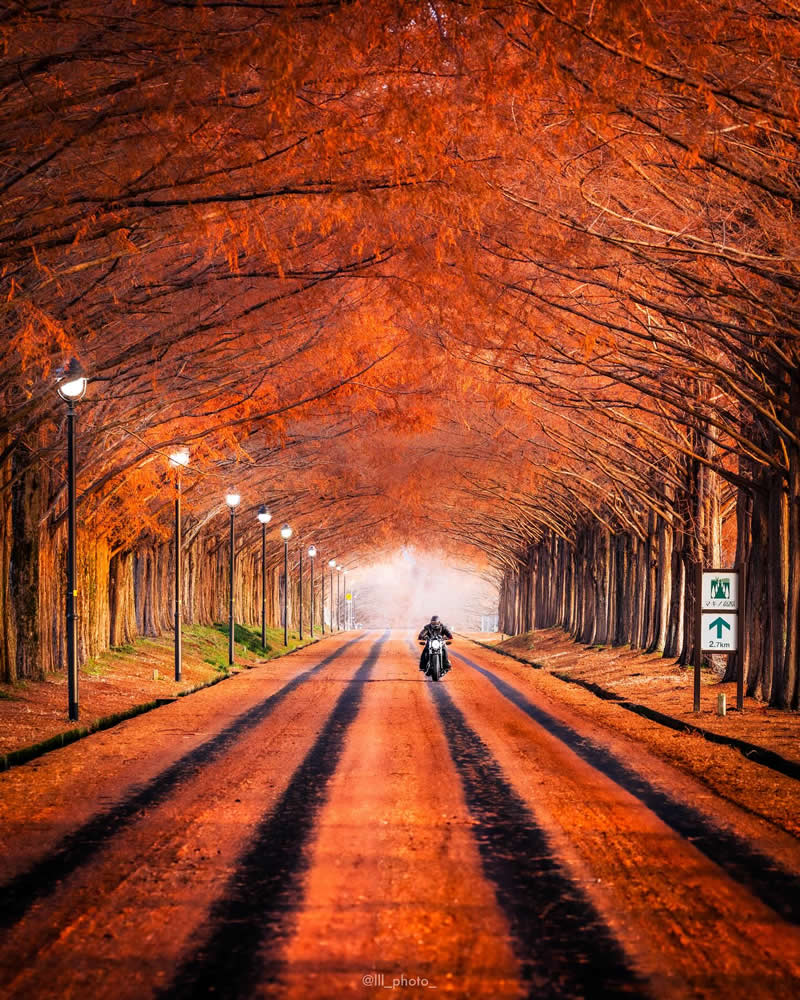
Photo by: Lu Hasegawa
Earth’s Splendid Canvas: A Testament to Nature’s Beauty
Ultimately, these 35 mesmerizing landscape photographs are more than just pretty pictures; they are a profound testament to how our earth is beauty and splendid. They serve as a powerful reminder of the incredible, diverse, and often fragile ecosystems that surround us. From the raw power of mountains to the serene beauty of forests and the endless expanse of the sea, each image encourages us to appreciate, explore, and protect these precious places.
They showcase the unparalleled super compositions found in nature itself, enhanced by the discerning eye of a talented photographer. These photos aren’t just visuals; they’re an experience, a quiet call to reconnect with the majesty of the planet and soak in its boundless, natural artistry.
#26
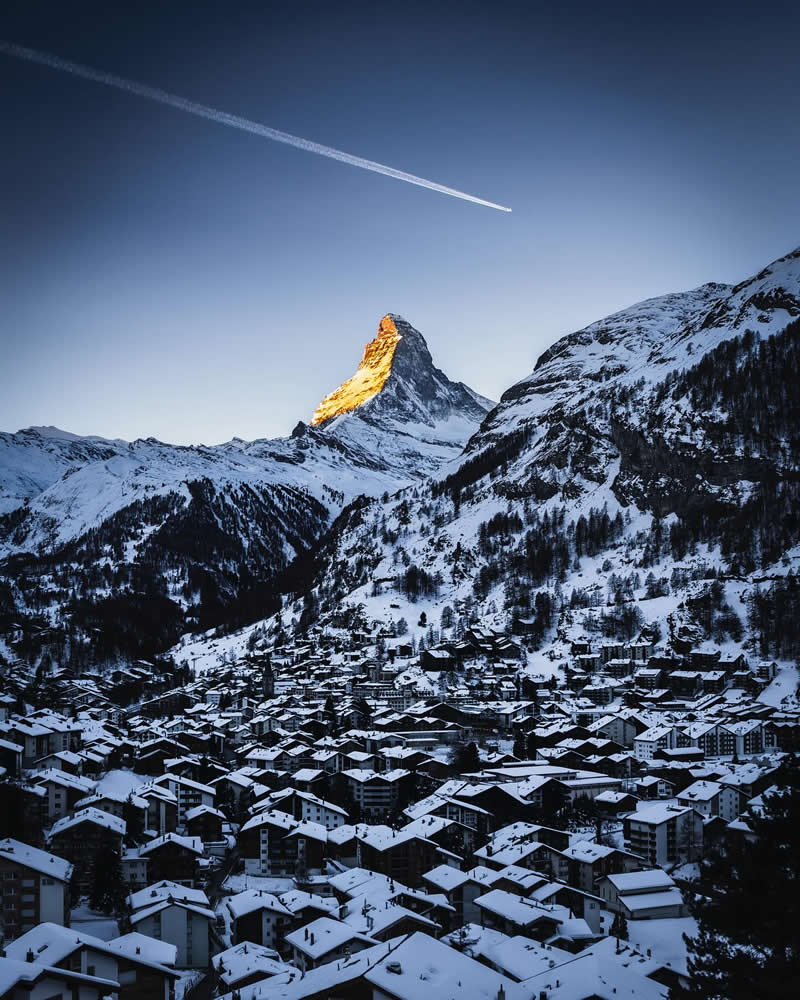
Photo by: Lu Hasegawa
#27
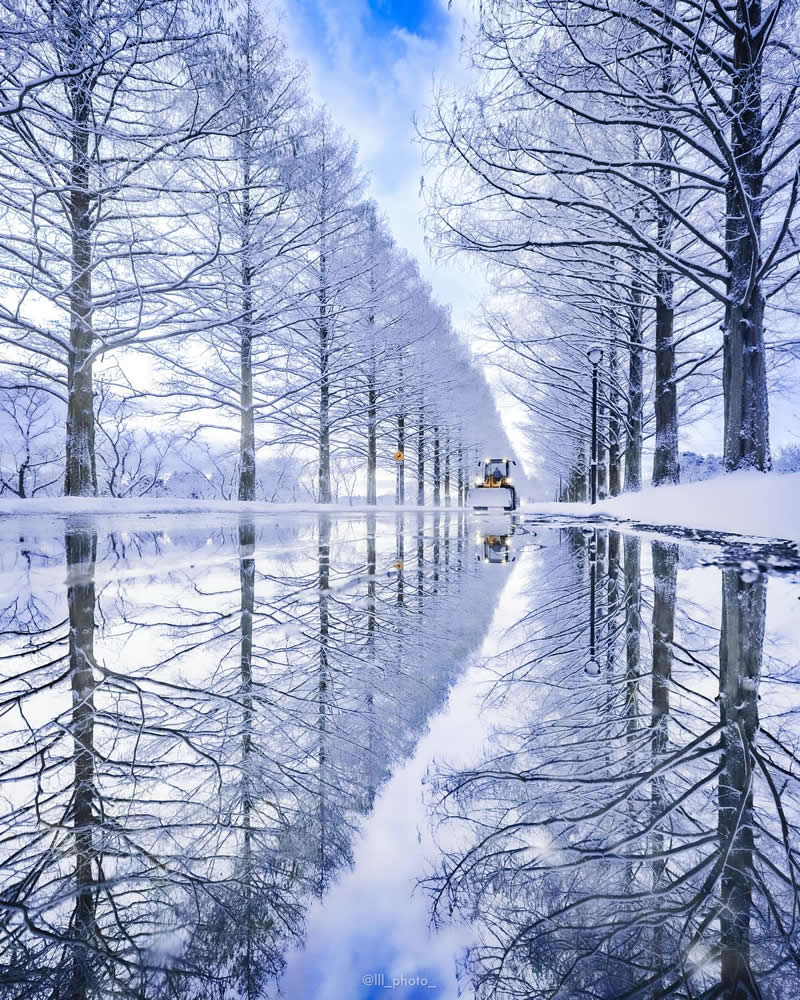
Photo by: Lu Hasegawa
#28
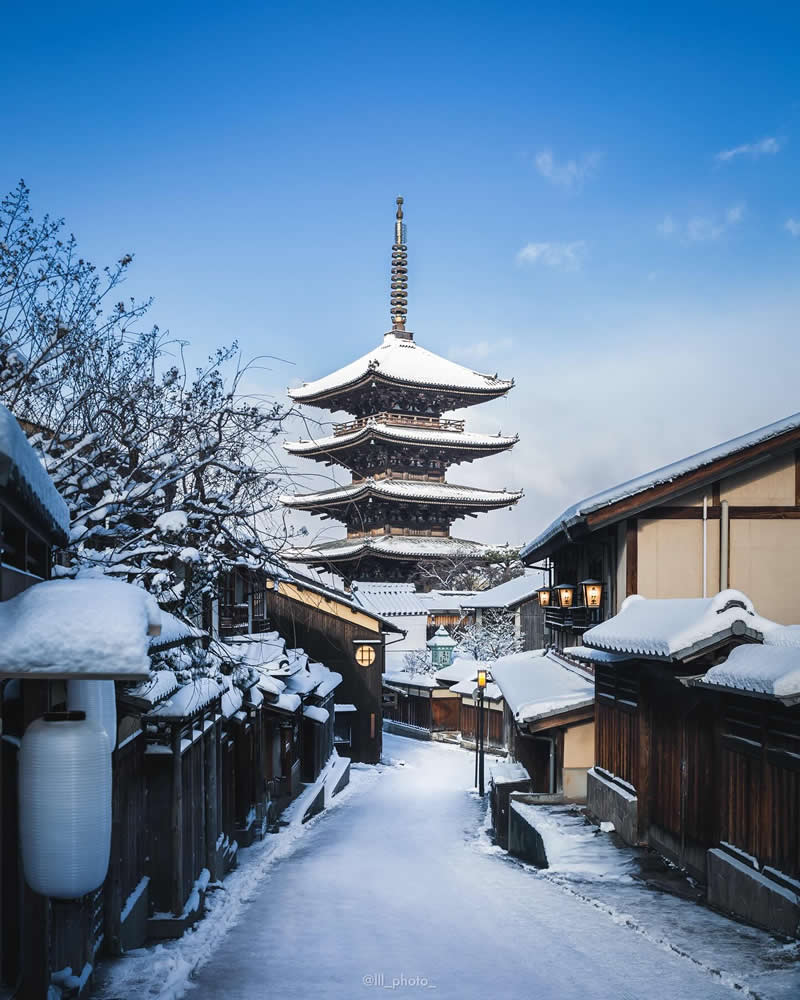
Photo by: Lu Hasegawa
#29
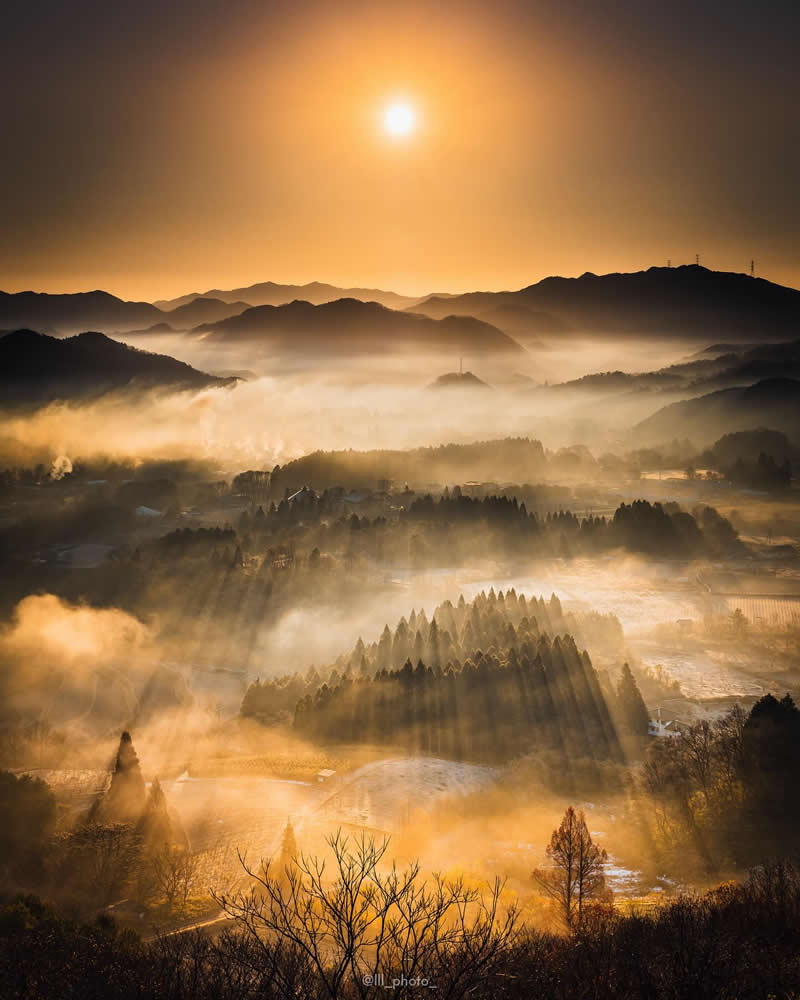
Photo by: Lu Hasegawa
#30
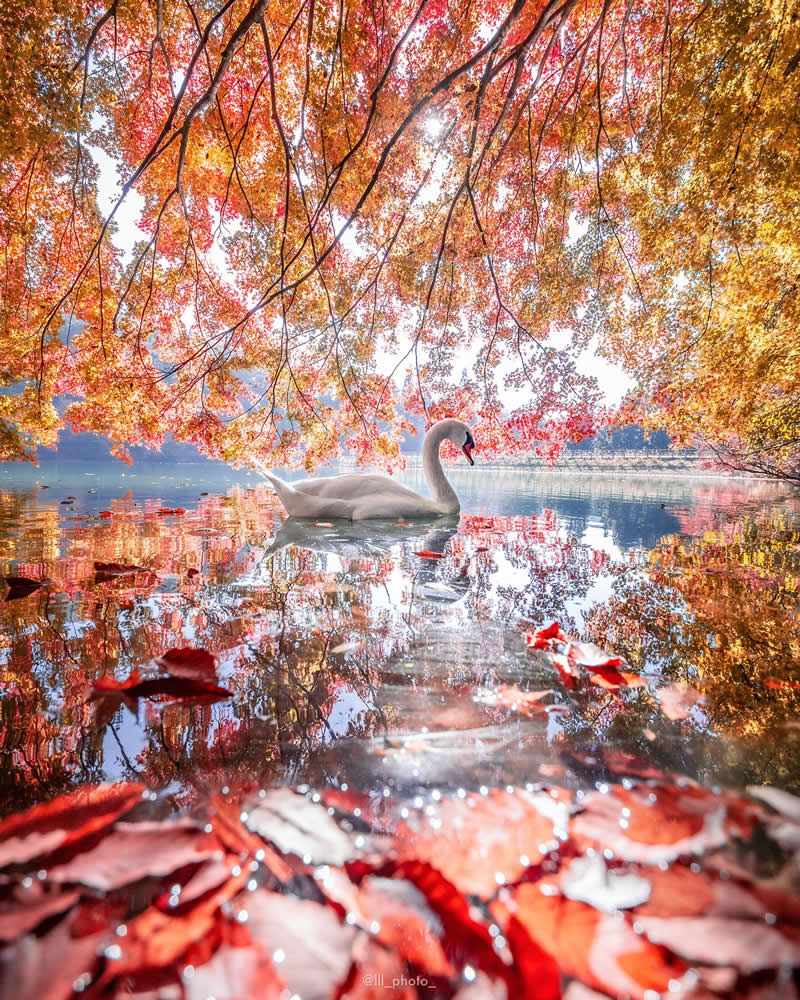
Photo by: Lu Hasegawa
#31
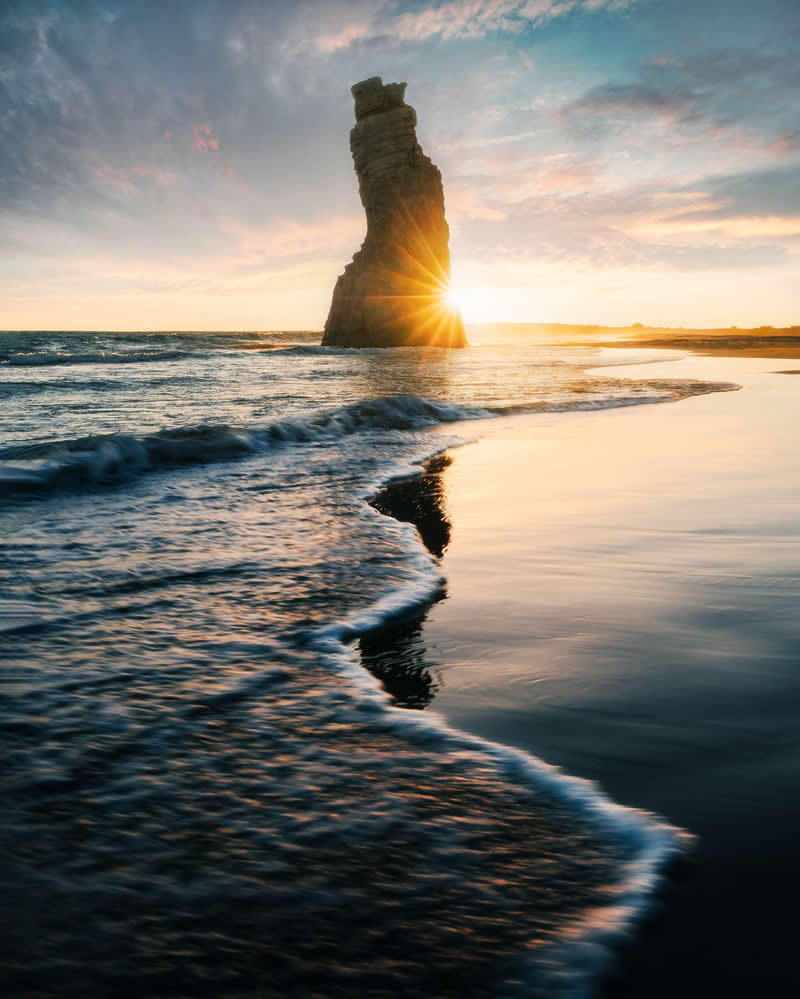
Photo by: Khumais Idrees
#32
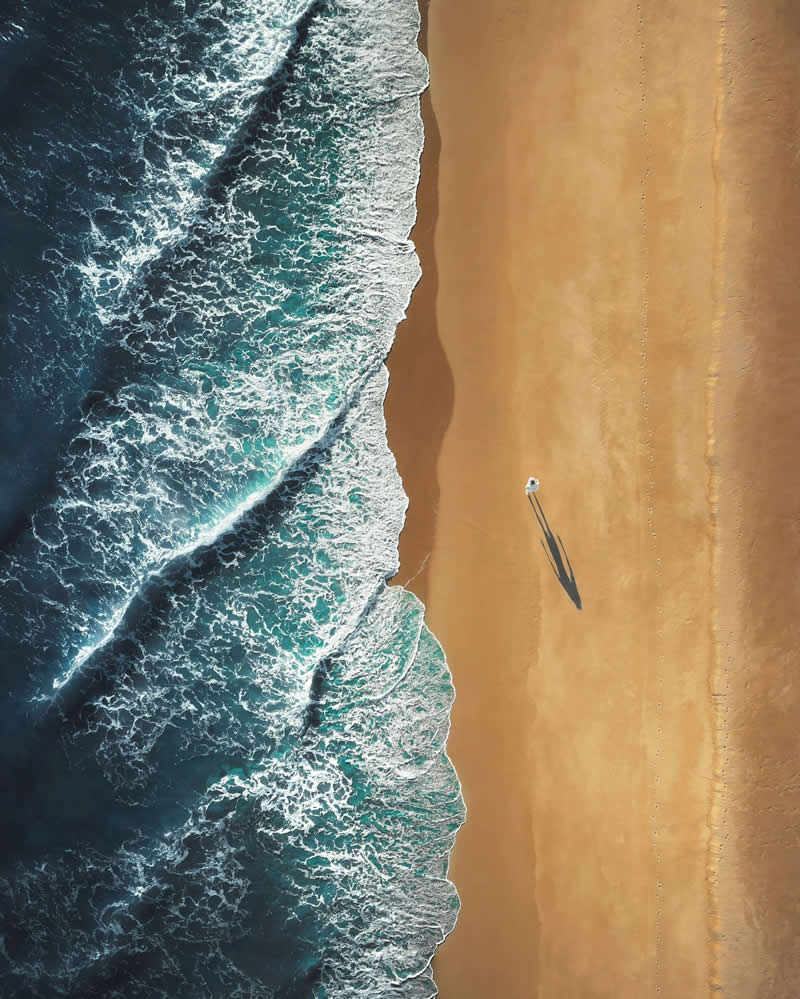
Photo by: Khumais Idrees
#33
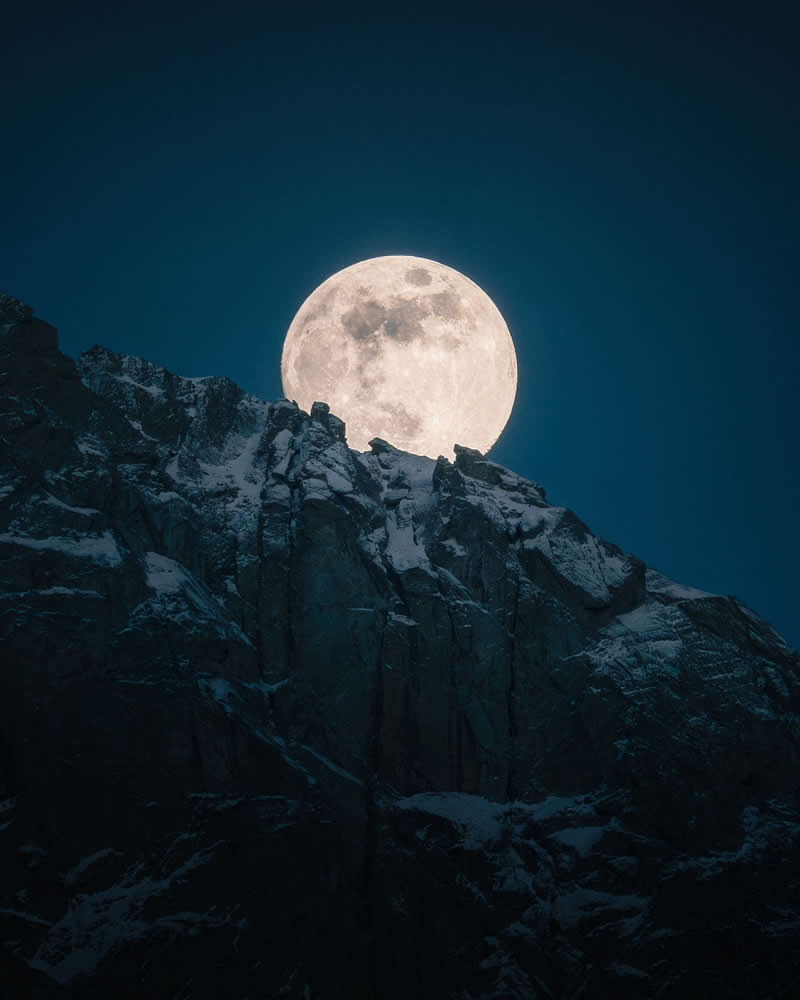
Photo by: Khumais Idrees
#34

Photo by: Khumais Idrees
#35
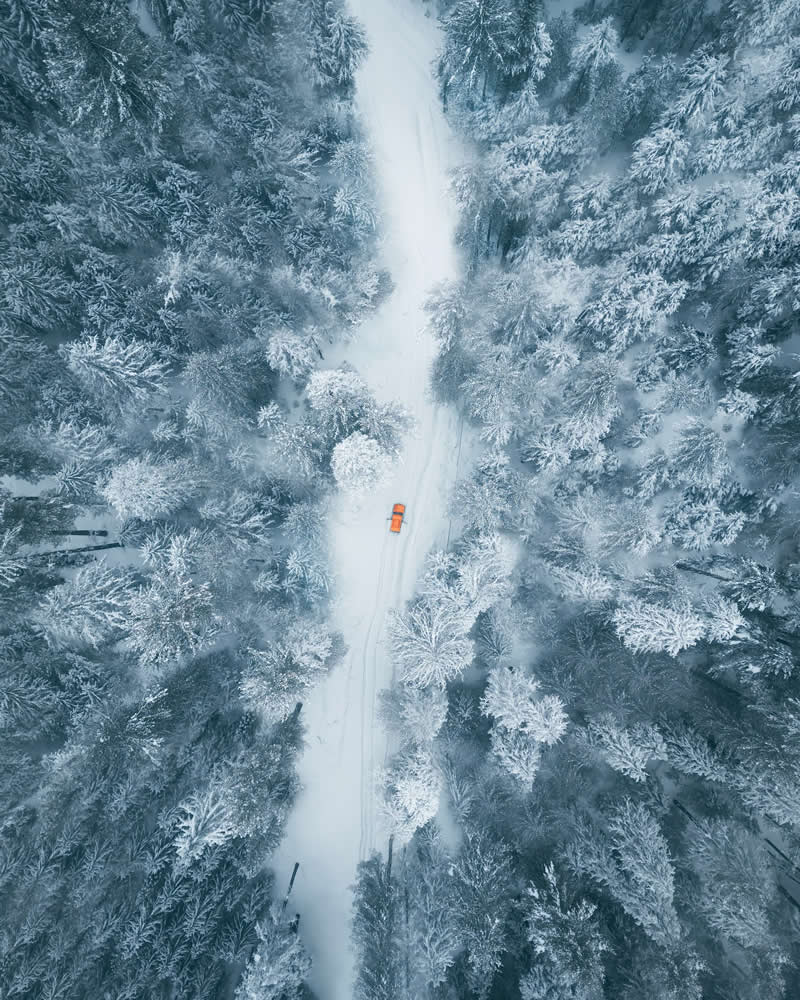
Photo by: Khumais Idrees

